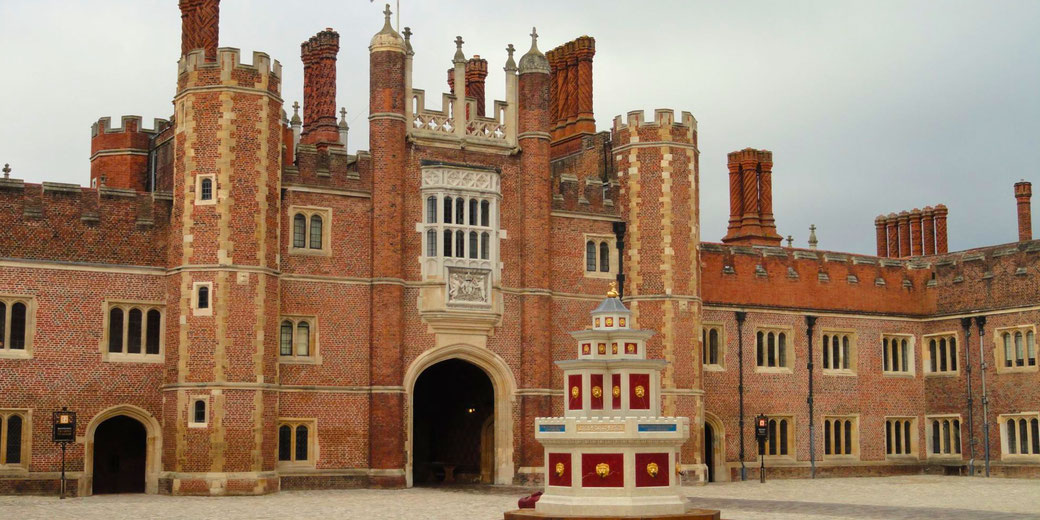What is historical context and why does it matter?

When you are analysing sources, it is important to remember that they were created at a time that is very different to our own.
As a result, they may describe things in very different ways. Source creators, particularly those of primary sources, will even say things that would be offensive today.
By examining the historical context, historians can gain a deeper understanding of the motivations and actions of people and groups in the past and can see how events and developments were shaped by the conditions and circumstances of the time.
Additionally, understanding historical context can help to provide perspective and insight into the origins of current issues and trends.
What is 'historical context'?
Historical context is the awareness that the people who created sources were living at a time which may have held opinions and beliefs that are very different to what we consider ‘normal’.
Identifying historical context allows us to demonstrate historical empathy: to understand the different attitudes from the past without judging them.
For example:
When reading an ancient Roman’s letter, they might say very derogatory things about slaves. Being aware of the historical context allows us to know that slavery was normal at the time and the things being said were not seen as ‘wrong’ to other Romans. Therefore, even though we do not condone slavery today, knowing the context allows us to appreciate the point of view of the primary source.
Historical context is also being aware of the important events at the time that influenced the creation of the source.
Particular events often motivated people to create sources in a specific way.
The creator may have specifically mentioned certain people or events or used certain language because of an event which had recently occurred.
How do I determine a source’s context?
The first thing you need to know in order to contextualise a historical source is when the source was made.
Ensure that you are as precise as possible when identifying the date of creation: the century, decade, year, month and or day may help.
Secondly, once you know when it was created, you need to discover where it was created.
If a soldier wrote a letter in camp before battle, or a convict wrote a letter in a ship while in transit, or a newspaper printed a news report in a particular country town, can all become important to knowing the context of the source.
Thirdly, once you know when it was created, you need to discover what significant event occurred at that time.
Background research will be helpful in identifying this. Remember, you only care about events that directly influenced the creation of the source, not other events that occurred elsewhere in the world which are irrelevant.
Finally, carefully read the information in the source to identify specific language, ideas, and terminology that you need to learn more about in order to make sense of the source. Again, some background research might be required to understand any words with which you are unfamiliar.
Examples
John Smith’s letter to his parents was written on the 26th April, 1915: the day after the Gallipoli landings. This explains why he describes the Turkish defenders as “cruel murderers”. It is clear that he wrote this particular source to let his family know that he had survived the first day of battle.
The online newspaper article was written on the 13th February 2008, which was the same day as Kevin Rudd’s official apology speech to the indigenous peoples of Australia. This explains why the article focuses on the history of the Stolen Generations and mentions the “small ounce of relief of the thousands who will be present today”.
Watch a video explanation on the History Skills YouTube channel:
Test your learning
No personal information is collected as part of this quiz. Only the selected responses to the questions are recorded.
What do you need help with?
Download ready-to-use digital learning resources
Copyright © History Skills 2014-2024.
Contact via email
With the exception of links to external sites, some historical sources and extracts from specific publications, all content on this website is copyrighted by History Skills. This content may not be copied, republished or redistributed without written permission from the website creator. Please use the Contact page to obtain relevant permission.





